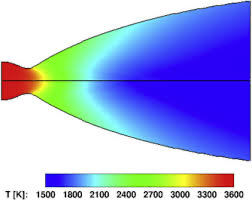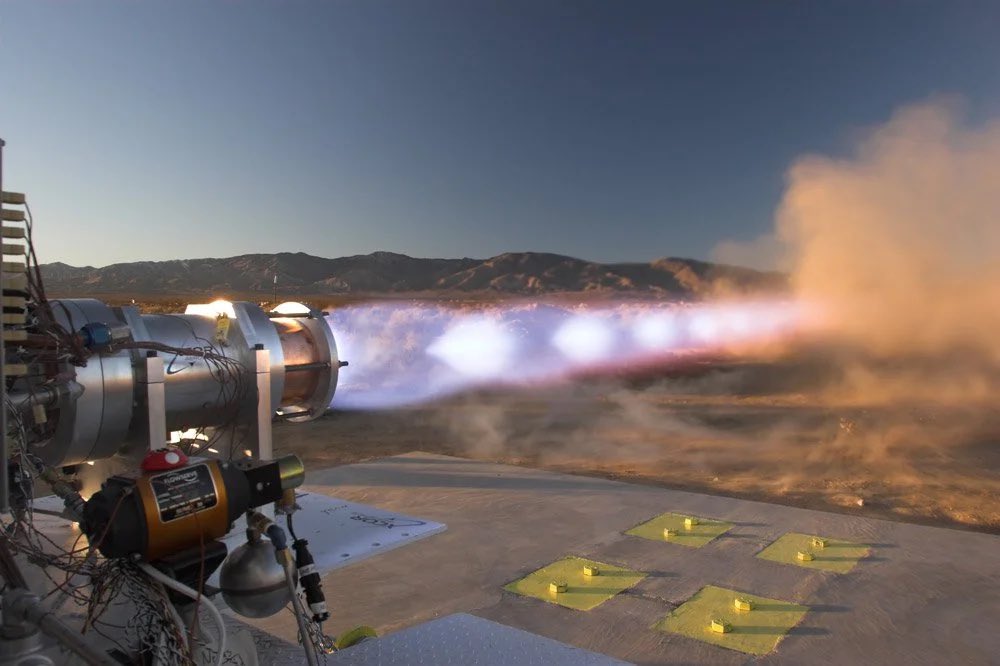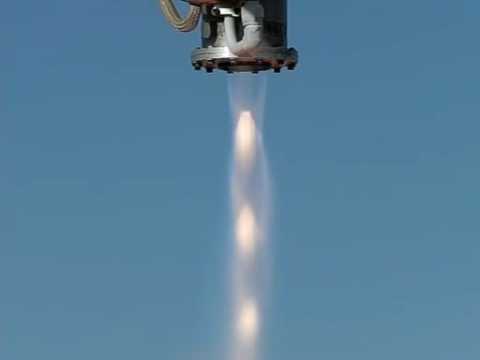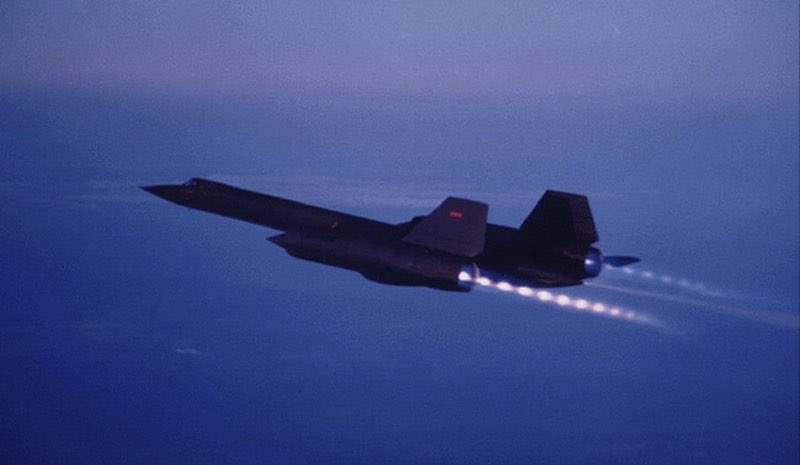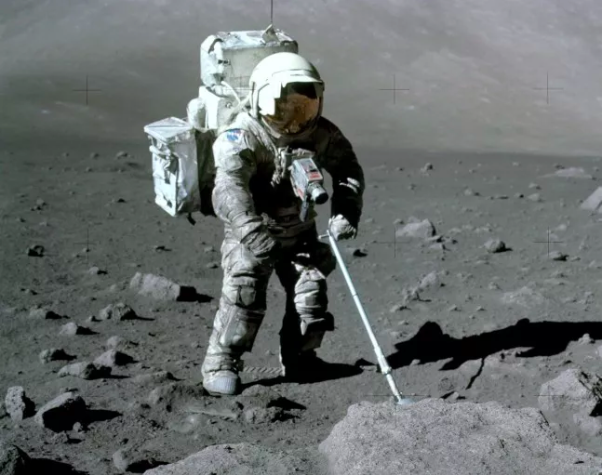We used steel plates for some of the Morpheus launch locations so we weren’t tied down to places with concrete. I analyzed the heating of the sheet and showed that the heat would redistribute fast enough that it would not locally melt on the surface, and… /1
https://twitter.com/elonmusk/status/1649523985837686784
2/ …that the steel plate was large enough to take the heat of the entire launch event without melting. To be conservative (because that’s what nasa does 😉) we also put paint-on ablative on the top of the steel. An ablative erodes under heat and thus uses up some of the heat…
3/ …keeping what was under the ablative cooler. (Partly we were just testing the use of ablative. It wasn’t just conservatism that motivated this.) So compare to Elon’s tweet about Starship. They plan to make their giant steel plate water-cooled. That way it doesn’t have to…
4/ …be large enough to take all the heat of the plume without melting, the way we designed the Morpheus steel plates. For such a large rocket that much steel would be excessive. And ablative would not be enough to solve this, either. Would the ablative need to be 3 feet thick?!!
5/ But he said it will be water-cooled, which is an awesome idea. The water will be taking heat out of the steel in realtime so it won’t melt. Simple, and it should be effective.
6/ We still had two concerns. One was that the vaporized ablative was hazardous to breathe, but the rocket exhaust would dilute it into the air so no problem. (I still had to show this with math to convince the team.) The second was that the plate might be too hot to walk on…
7/ …so you had to wait for it to cool before going onto the pad. We handled that with operational procedures. So we had the steel plates, the steel drop-in flame trench, instrumentation like cameras to record the launch, and lighting. We called this system…
8/ …“Launch Pad in a Box”. This concept was inspired in part when I was driving to Maine and passed a carnival ride folded up on a truck going down the highway. I had a vision of an entire launch complex folded up on a truck for transport so we could launch anywhere, anytime.
9/ We got a picture of the truck and I showed it to the Swamp Works team. I think Rob Mueller was already having the same idea. He and I started fighting to get the idea funded. Meetings, meetings, meetings. And we got the funds.
10/ We were already working on these technologies when we applied them to Morpheus. The two projects were synergistic. We also talked about portable lighting arrestor towers but never developed that part of the kit. 
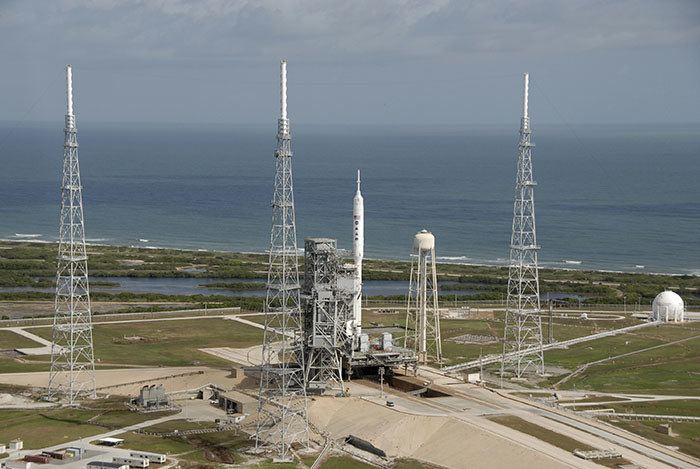
11/ So all that was just to say that I like the idea SpaceX is pursuing. I think it will work great to solve the plume erosion problem.
It will *not* mitigate launch acoustics. The flat plat will reflect the sound back up along the sides of the vehicle, shaking the structure.
It will *not* mitigate launch acoustics. The flat plat will reflect the sound back up along the sides of the vehicle, shaking the structure.
12/ There very first “sound” that happens on launch is the shockwave from engine ignition. It bounces off the pad then runs up the sides of the vehicle, stressing everything. At nasa it is called the “Initial OverPressure” or IOP. The IOP almost ruined the 1st Shuttle launch.
13/ The reason there is a shockwave is because a converging-diverging rocket nozzle tricks the gas flow into going supersonic. The fuel burns in the combustion chamber and creates high pressure. The restriction at the throat causes the gas to “choke” at the speed of sound. 
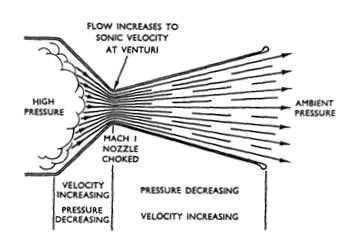
14/ As it goes downstream from the throat it expands, cools, and speeds up to go supersonic. But initially it has to push the ambient air out of the nozzle. The supersonic flow is ramming into the ambient air as it pushes it, creating a big buildup of pressure…the ignition shock
15/ That shockwave is slowly pushed down the nozzle (“slow” meaning a tiny fraction of a second). At the end of the nozzle it detaches then goes down and hits the launch pad. It then reflects and travels up to the rocket, running up along its sides, shaking the structure.
16/ On the first Space Shuttle launch the IOP deflected the elevons— the control surfaces on the wings — so far the engineers were worried they could have snapped. So they added the water deluge system to absorb and break up the IOP shockwave. 
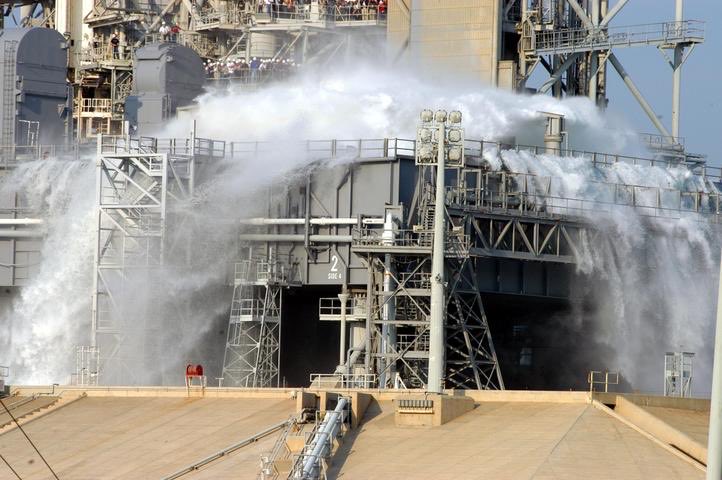
17/ After the IOP, the rocket exhaust continues to produce acoustic noise. It does this through turbulence. The noise is random — not like a coherent shockwave — but it is still a lot of energy that reflects off the pad and vibrates the rocket.
18/ We do not have great models of acoustic noise production in rocket plumes. NASA’s models are conservative, predicting more noise than there really is. Therefore we build rocket structures stiffer than they really need to be. This wastes the mass margin, reducing payload mass. 

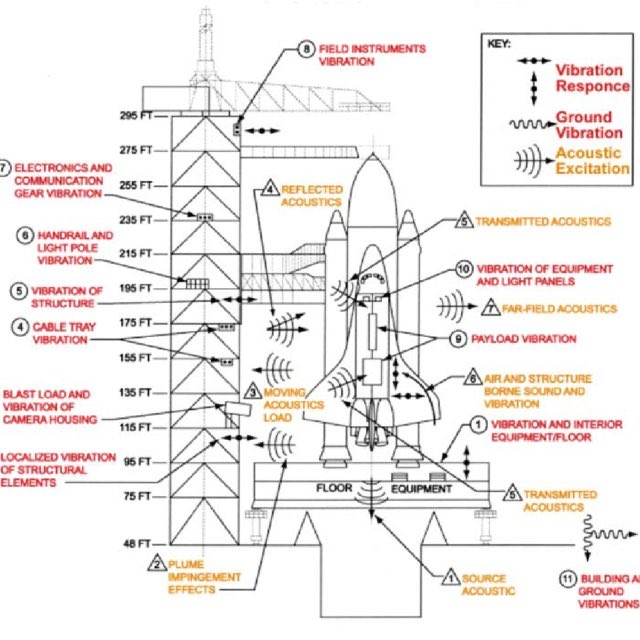
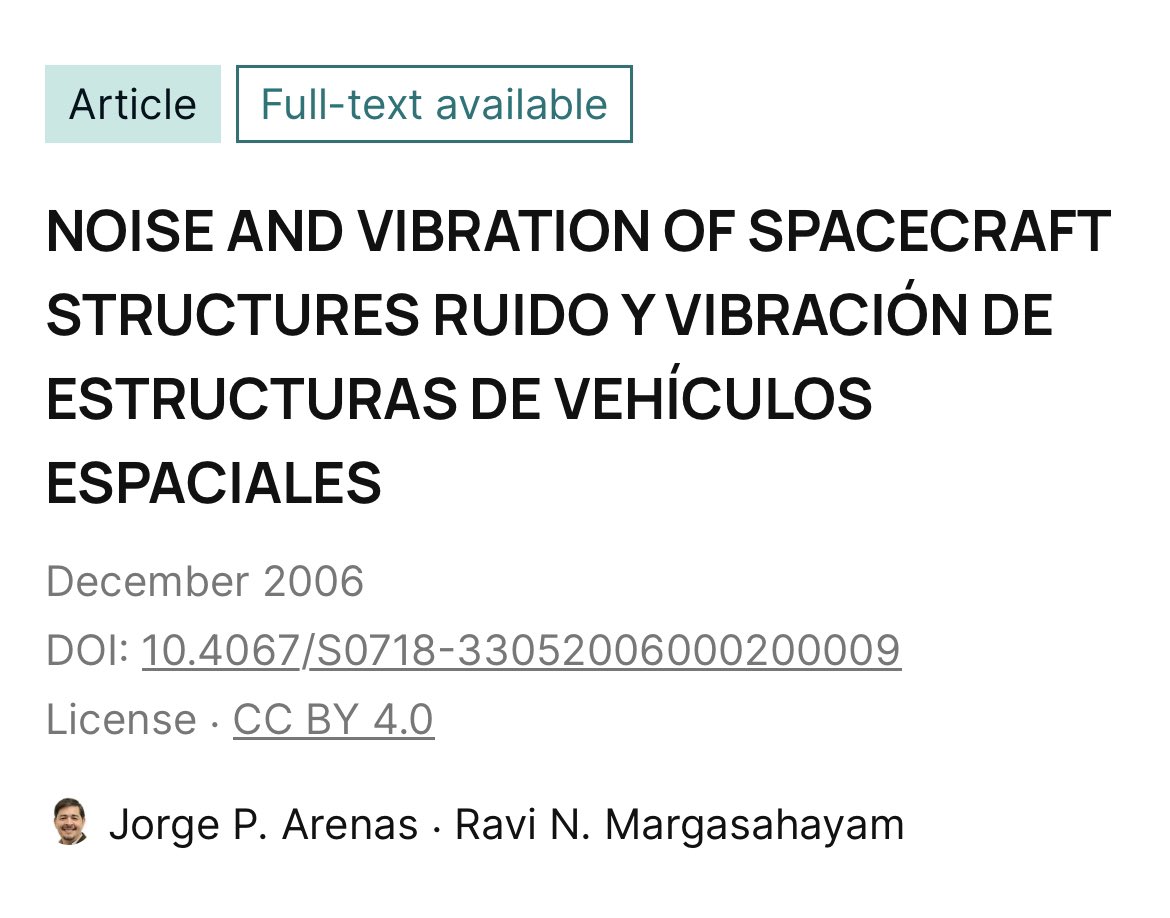
19/ So it is important to keep researching rocket plume acoustics to make rockets more efficient. But also, it is important to design launch pads to reduce acoustics so we can save more payload margin.
20/ In the previous thread I told how we designed the portable flame trench for Morpheus to duct the acoustic energy away from the vehicle, because we think that acoustic energy is what destroyed the first Morpheus.
21/ So I have no idea of the acoustics experienced by Starship or it’s structural beefiness. It may not be a problem at all, for all I know. I’m just saying that a flat steel plate does not do anything to reduce acoustic energy from coupling into the vehicle.
22/ If the rocket doesn’t mind the shaking, then fine. But it is easy to design systems that reduce launch acoustics and give more margin back to the vehicle, so if SpaceX decided to do so then it could be done. End 🧵
• • •
Missing some Tweet in this thread? You can try to
force a refresh

 Read on Twitter
Read on Twitter


